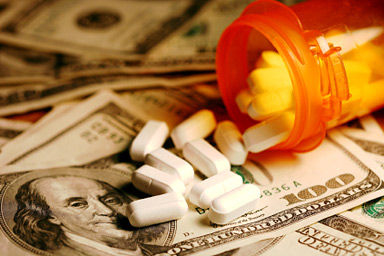
However, a recent article in the British Medical Journal casts considerably doubt on the reliability of these reports. The article, written by medical investigative journalist Jeanne Lenzer, focuses on the drug alteplase, a clot-busting drug given for acute stroke. Earlier this year, three US professional societies recommended use of the drug. However, it turns out that only two of the 12 studies on the drug found any benefit, and five of them had to be stopped early due to the finding of a lack of benefit, increased risk of brain haemorrhage or increased death rates.
So, how come the guidelines are at such variance with the science? Well, according to ms Lenzer: "Proponents of alteplase have launched projects to ensure uptake of the guidelines in the US, such as the development of "stroke certified hospitals," which require hospitals to commit resources to enable rapid administration of alteplase to eligible stroke patients. Since ambulances divert patients with suggestive symptoms to stroke certified hospitals, the project has substantial financial ramifications. These efforts, and others like the "Brain Attack" campaign, have been actively supported by the American Heart Association and American Stroke Association, which "partnered" with the Joint Commission (a quasi-governmental agency that accredits hospitals) to promote hospital stroke certification. Genentech, Boehringer Ingelheim and Novo Nordisk, which market alteplase, have contributed tens of millions of dollars to the associations."


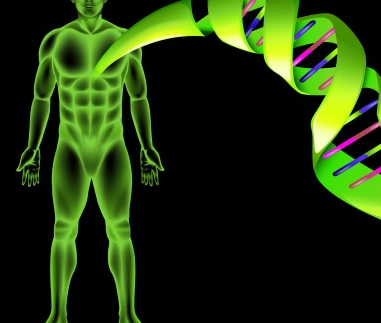
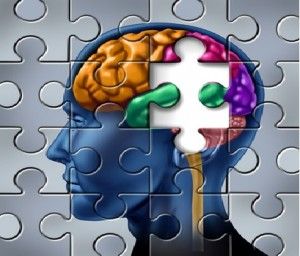
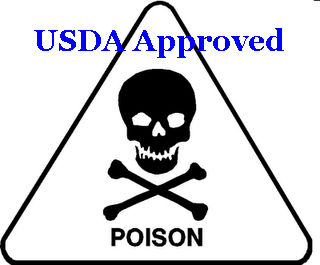
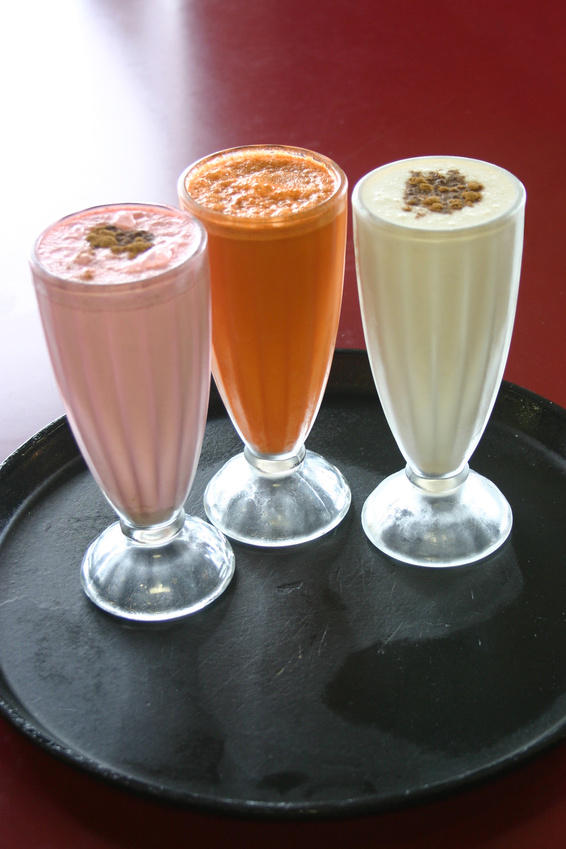
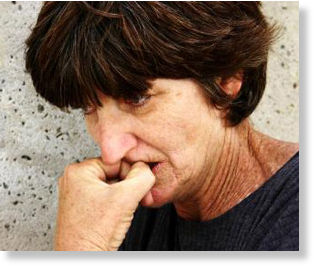



Comment: Big Pharma's psychopathic greed and heavy influence on the curriculum in medical education has created an unprecedented and massive conflict of interest, effectively rendering medical doctors into their very own profit-making mercenaries and anti-healing agents, all at the cost of wellbeing and lives.
The mental inertia and conformism in doctors today comes from an authoritarian mindset that is largely responsible for the corruption of science.
For information regarding the authoritarian mindset, see:
Bob Altemeyer's - The Authoritarians